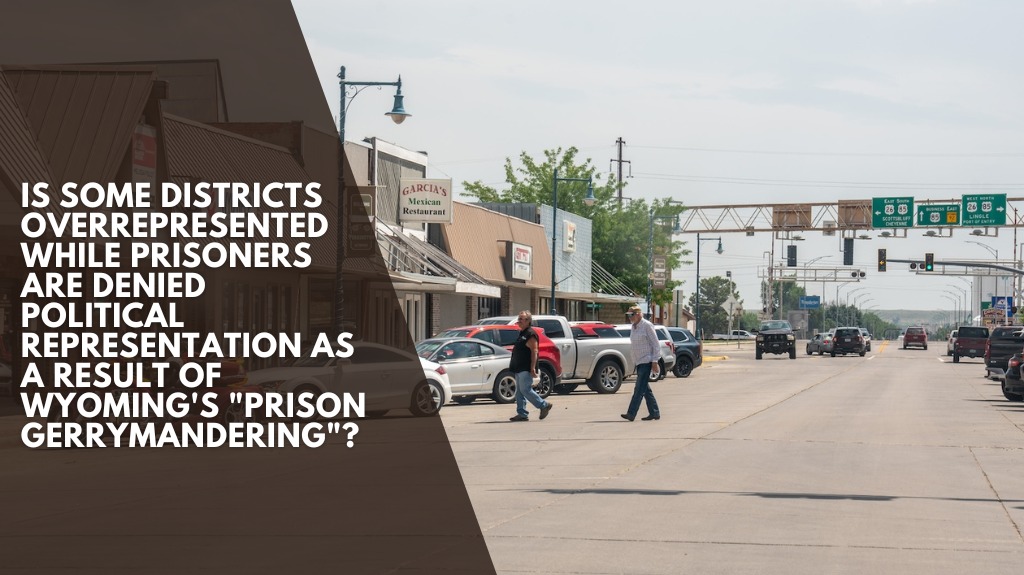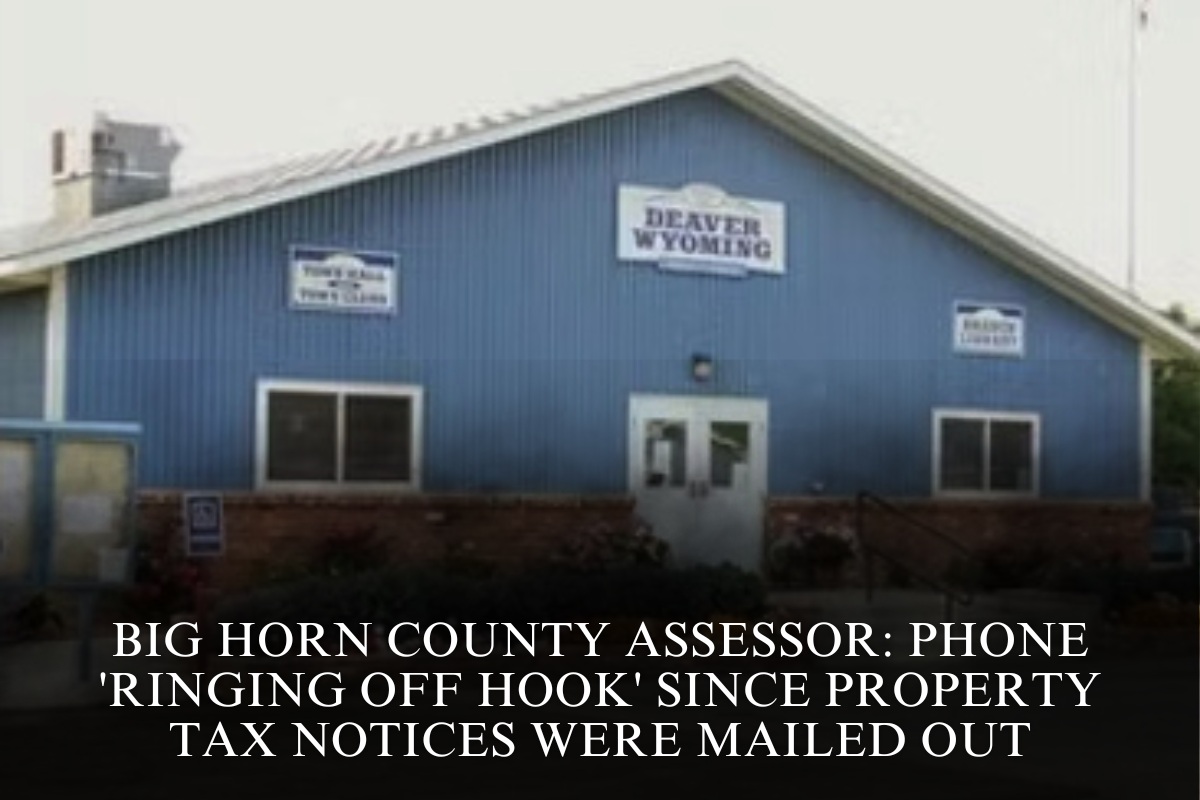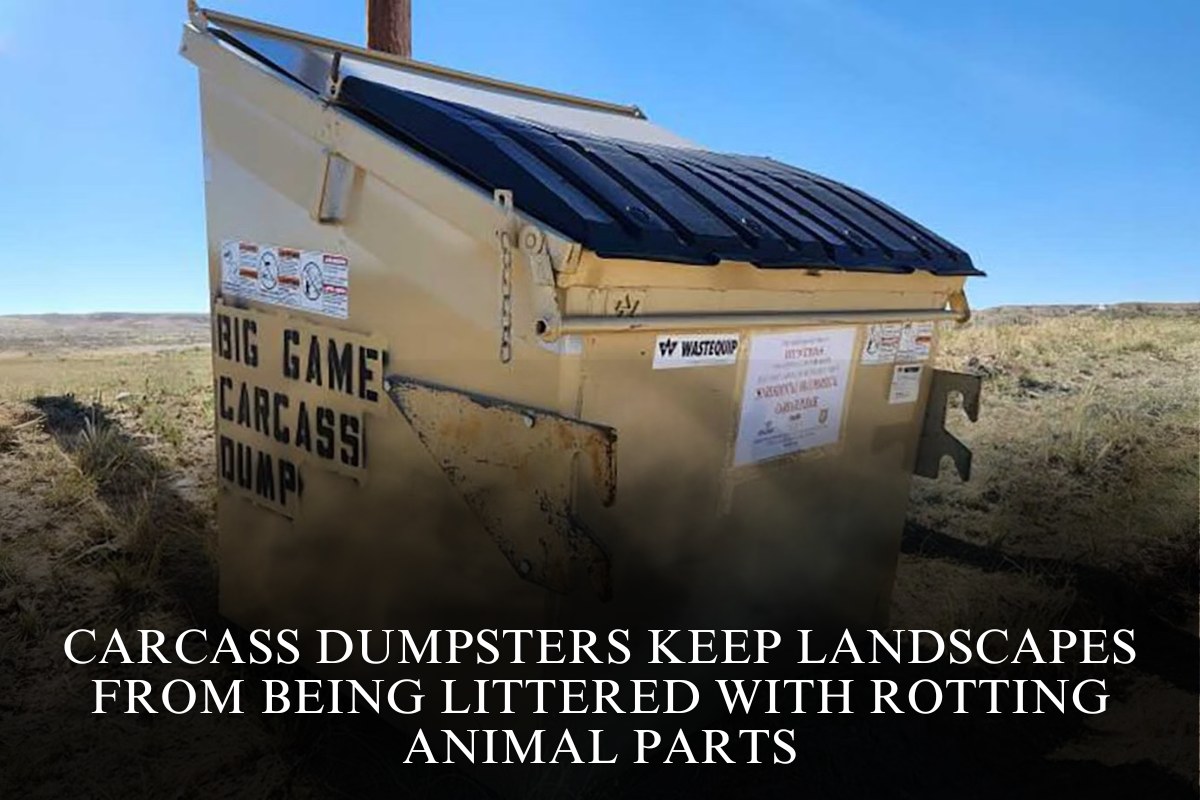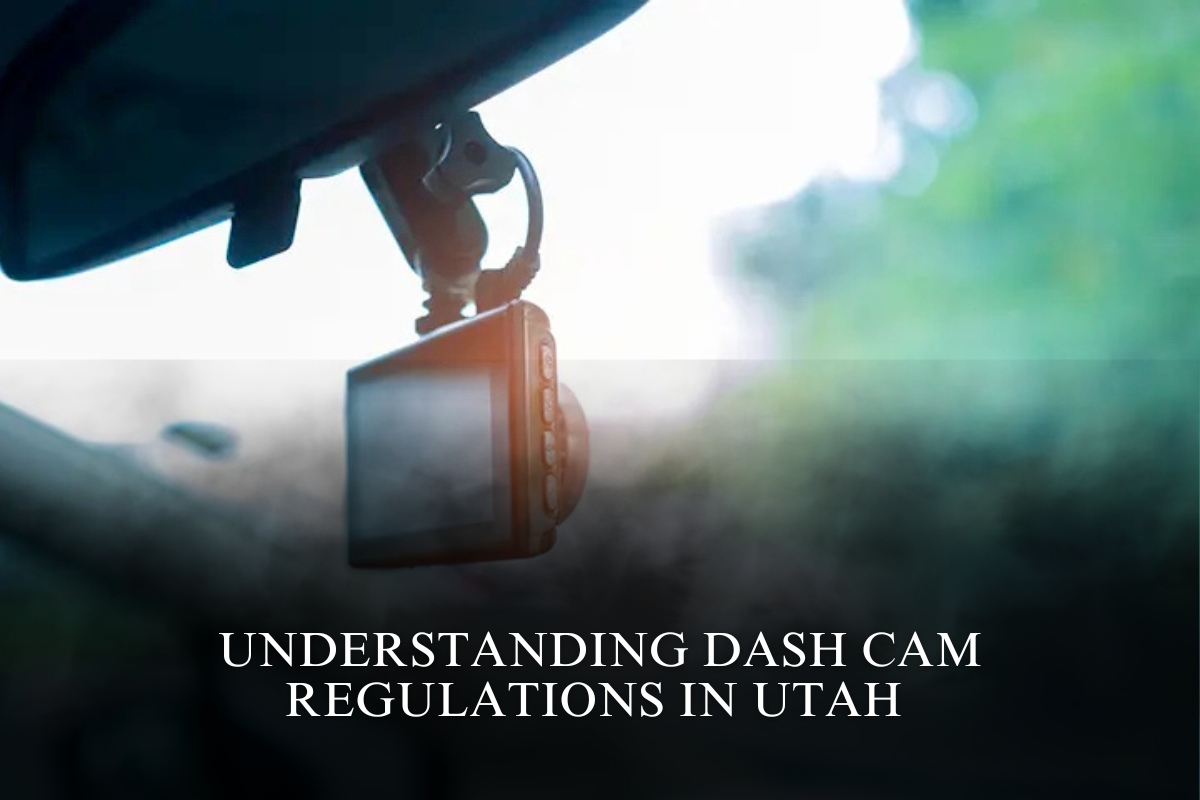People incarcerated in Wyoming prisons cannot vote until they have served their sentence and gone through a state process to restore their rights.
Even without the right to vote, they are constitutionally represented by the senators and representatives who travel to Cheyenne each year to draft state legislation.
According to a report published by the Prison Policy Initiative, a nonprofit research group dedicated to reforming the country’s prison systems, Wyoming’s inmates are not properly counted when legislative maps are drawn, and the populations of two statehouse districts in particular are inflated.
It’s called “prison gerrymandering,” according to Prison Policy Initiative researchers in a report released today, and Wyoming districts are among the worst in the country.
Wyoming House District 2, which includes portions of Goshen, Niobrara, and Weston counties, includes the women’s prison outside Lusk, the medium-security men’s prison outside Torrington, and the Wyoming Honor Conservation Camp outside Newcastle, the state’s minimum-security prison.
Because inmates in those facilities are counted as district denizens, prisoners, who are unable to vote, account for nearly 14% of District 2 residents.
According to the report’s authors, including incarcerated Wyomingites as District 2 residents violates their constitutional right to elected representation while also contradicting state law on what constitutes residency.
When inmates want to bring an issue to the attention of their elected official, they tend to write to the person representing the town or county they call home, not the lawmaker for the district containing their prison. In an interview with WyoFile, Mike Wessler, director of communications for the Prison Policy Initiative, said.
“Do lawmakers [in the prison-holding districts] consider people who are incarcerated their constituents?” said the man.
Rep. JD Williams, R-Lusk, who currently represents House District 2, agreed. He refers to inmates in his district as constituents, despite the fact that many are only there until their sentence is completed.
They weren’t the only transient population he represented, Williams said, naming agricultural and construction workers as examples. However, the lawmaker, who is serving his second term, said he rarely hears from inmates at the three prisons in his district.
“It is very rare for an inmate to contact me with an issue that can be addressed legislatively,” Williams told WyoFile through a message, “but many of my constituents staff the Department of Corrections facilities in and near my district and so I certainly am responsible to them.”
Williams believes Wyoming will not change its approach to including incarcerated people in legislative maps in the future because the federal government continues to count them as residents of the area where the prisons are located.
The Prison Policy Initiative contends that states must make the necessary changes because the federal census counting method for incarcerated people is flawed. Wyoming stands out, according to Wessler, because, unlike other states, including neighboring Montana, it has not made an effort to link prisoners to their origins in political representation.
According to the report, House District 2 is one of the nation’s ten worst gerrymandered districts. The Prison Policy Initiative argued that if prison gerrymandering fails to represent incarcerated people, it gives residents of towns and counties surrounding prisons an unfair advantage in voting.
In House District 2, 86 residents have “as much political clout” as 100 residents of a Wyoming House district without a prison, according to the report.
According to the report, Wyoming’s residency law appears to be in conflict with how the Legislature has conducted districting around prisons. A residence is defined by state statute as “the place to which he [or she] intends to return whenever he [or she] is absent.”
It also explicitly states that a Wyomingite does not lose their official residence “merely by reason” of being “kept at a hospital or other institution.” According to the Prison Policy Initiative, prisons meet the definition of “other institution.”
“That is one reason for Wyoming lawmakers to fix this, just to make sure they are in compliance with their own laws about where people call home,” Wessler told the audience.
The legislature last redrew its political maps, a process known as redistricting, in 2022. The debate was heated, and legislative deadlines were quickly approaching. According to WyoFile, the Legislature’s maps left some districts underrepresented.
According to Cale Case, Chairman of the Senate Corporations, Elections, and Political Subdivisions Committee, prison gerrymandering was not discussed during those debates.
The Lander Republican committee did the majority of the redistricting work that year. However, once the maps arrived on the chamber floors, both the House and the Senate changed them. “There was so much noise and maneuvering going on with redistricting, but the issue of counting inmates did not come up that I remember,” Case told WyoFile during the interview.
Case, who has chaired the Senate committee in charge of overseeing elections since 2007, is familiar with the concept of prison gerrymandering, he told Wyoming File. “I definitely think there’s some significance,” he told me. “Do I believe the inmates’ rights are jeopardized by the way they are counted?” “I am not sure.”
Case, like the authors of the Prison Policy Initiative report, cited a high-profile case of alleged prison gerrymandering during the 2012 redistricting.
According to longtime political journalist Joan Barron’s report in the Casper Star-Tribune, that year, then-state Sen. Curt Meier, who is now the state treasurer, introduced an amendment to the redistricting legislation that redrew his Goshen County district to include a prison and increase its population.
Barron wrote that the resulting district “looks like a finger as it hugs the eastern Wyoming border north then twists to the west at the tip.”
The goal of the “truly weird configuration” was to capture the medium security prison in Torrington, she reported, in a redistricting year where the original maps would have pitted Meier against a Cheyenne senator in a tough reelection battle.
Torrington and its prison are now located squarely within Meier’s former Senate District 3, which is now represented by Republican Sen. Cheri Steinmetz, and the heavily gerrymandered line has been eliminated.
The northern border of both Senate District 3 and House District 2 does jag up to round out the honor conservation camp, but Wessler believes there is less evidence that Wyoming lawmakers gerrymandered prisons on purpose in 2022. He argued that the failure to consider the issue is more of an omission error.
Other states have found it easier to count prisoners as residents of their home districts thanks to modern data technologies, according to Wessler. The Prison Policy Initiative report cited the National Conference of State Legislatures’ 2023 report, which called reconsidering where incarcerated people are counted as “the fastest growing trend in redistricting.”
Though Wyoming will not redistrict again until after the 2030 census, Wessler encouraged state lawmakers to start thinking about where incarcerated people should be counted right now. “If they take up the issue now, it will help to make sure the state has the data it needs to successfully reallocate people back to their home communities,” he told me.












